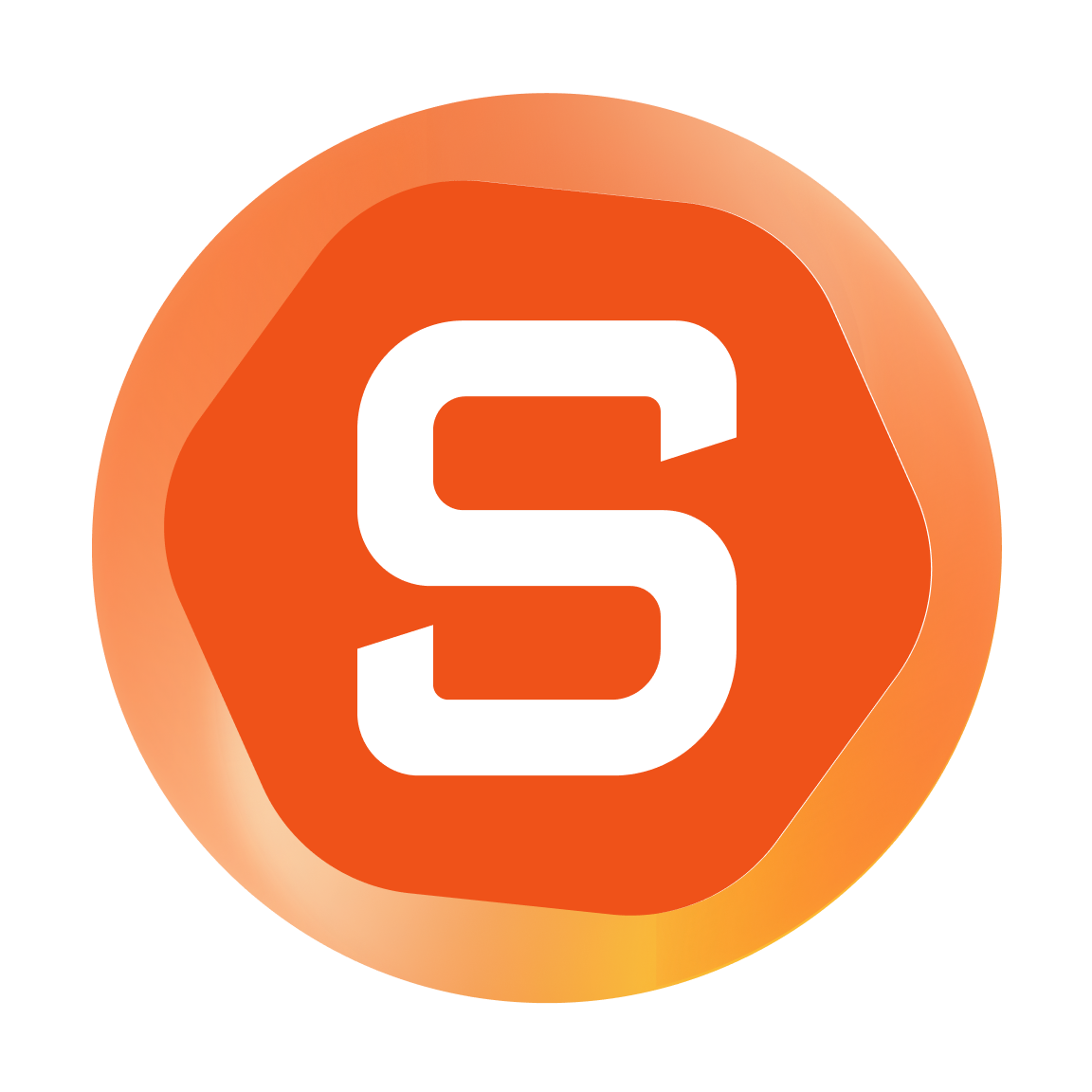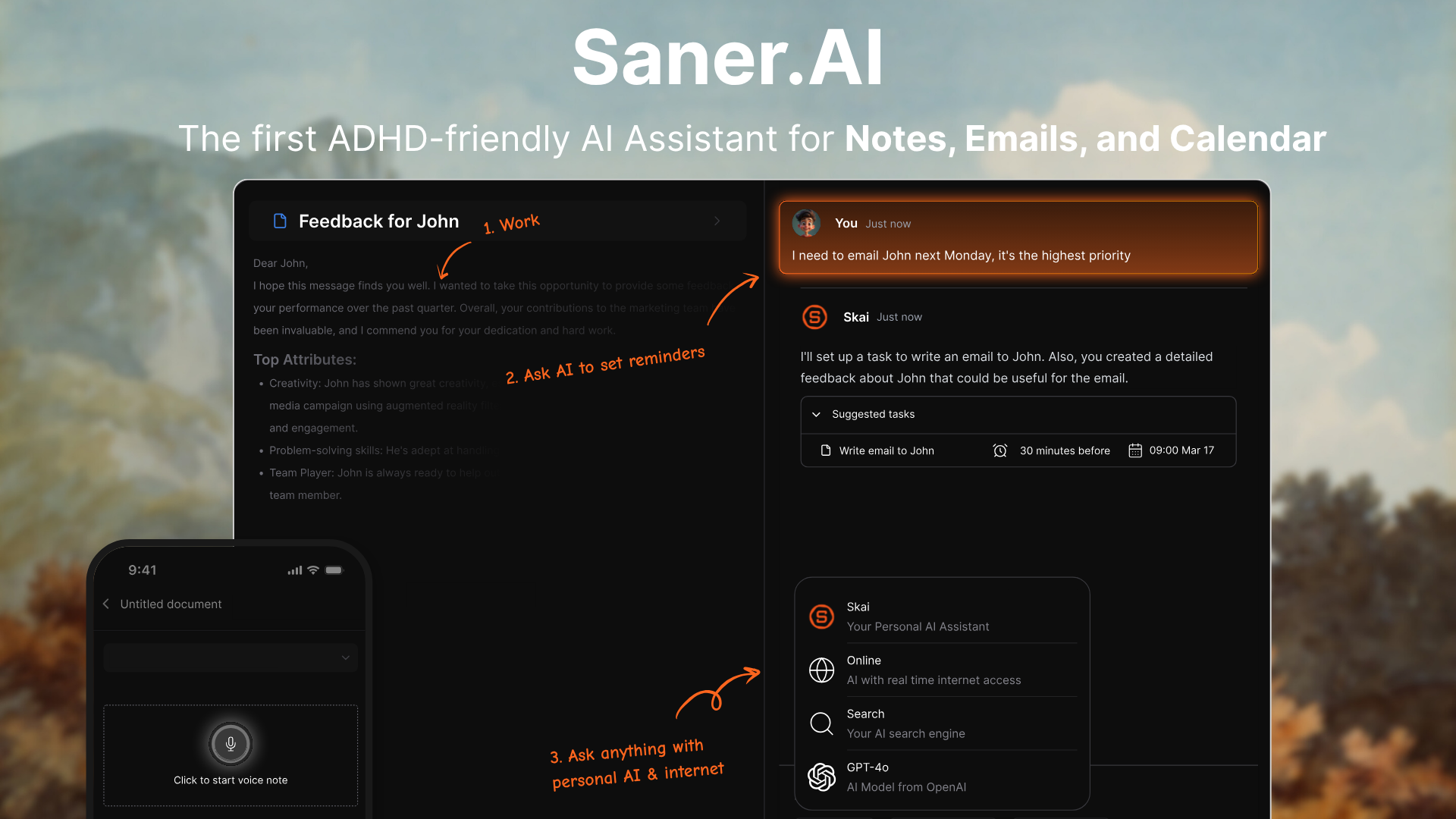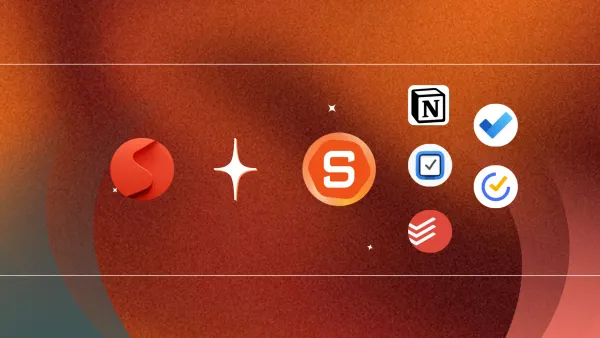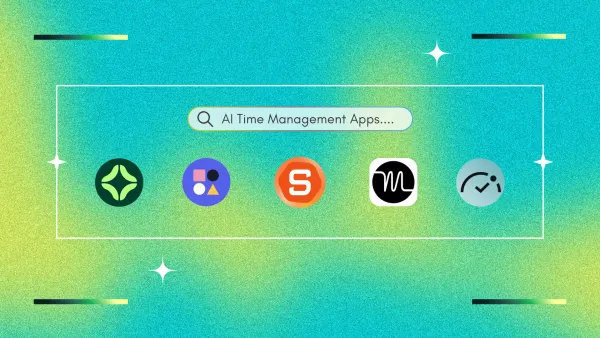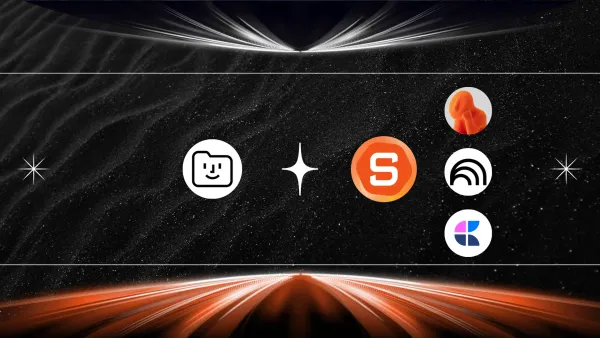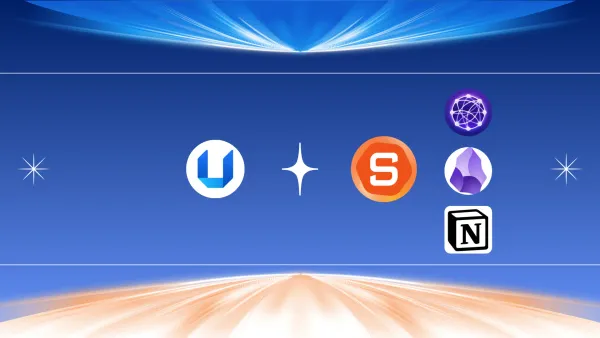The Rapid Planning Method for Work [Guide 2025]

The Rapid Planning Method (RPM): Turn Chaos into Clarity
Are your to-do lists running your life instead of the other way around?
You’re not alone. Many of us drown in task after task - checking boxes but not making real progress. That’s where Tony Robbins’ Rapid Planning Method (RPM) steps in. RPM isn’t just another productivity trick. It’s a complete mindset shift - from managing time to maximizing results.
In this guide, you’ll discover how RPM helps you focus on what truly matters, reduce overwhelm, and take massive, meaningful action - without burning out.
🧭 What is the Rapid Planning Method (RPM)?
The Rapid Planning Method is a results-focused planning system created by Tony Robbins. Unlike traditional to-do lists that focus on what to do, RPM helps you focus on:
- Results you want
- Purpose that drives you
- Massive Action Plan that gets you there
It’s not about getting more done. It’s about doing what matters most
✅ RPM at a Glance
| RPM Element | Focus | Guiding Question |
|---|---|---|
| Results | What do I want to achieve? | “What is the specific outcome I want?” |
| Purpose | Why does it matter? | “Why is this important to me?” |
| Massive Action Plan | How will I achieve it? | “What are the key actions to take?” |
🌱 Origins & Philosophy
RPM was developed by Tony Robbins, one of the world’s most well-known performance coaches. Robbins noticed that most people live reactively - getting trapped in a whirlwind of tasks without clarity or purpose.
He created RPM to shift people from a task-based mindset to an outcome-based mindset.
🚫 Task Thinking vs ✅ Outcome Thinking
| Traditional Planning | RPM Planning |
|---|---|
| To-do lists | Vision-focused blocks |
| Activity-first | Purpose-first |
| Easily reactive | Intentionally proactive |
| Can lead to burnout | Creates emotional fuel |
It's about mental clarity, not just time blocks.
🛠️ Step-by-Step Guide: How to Use RPM
Here’s a breakdown of how to actually do RPM:
🚀 Here's how a full RPM block looks written out:
Outcome: Launch email course by July 15
Purpose: So I can build trust with new subscribers and increase conversions
Massive Action Plan:Outline 5-module courseWrite first 2 emailsSet up welcome automation in ConvertKitCreate lead magnet opt-in pagePromote course on social media
🔍 Step 1: Capture – Get It All Out of Your Head

This is your brain dump phase. You start by getting everything you’re thinking about out of your head and onto paper or a digital note.
Why it matters:
Mental clutter blocks focus. Capture clears your mental RAM.
How to do it:
- Open a notebook, app (like Saner.ai, Notion, or Apple Notes), or grab a whiteboard.
- Write down everything pulling your attention - big or small.
- Don’t filter. Just dump.
Examples:
- “Call Sarah about project timeline”
- “Renew my passport”
- “Finish landing page copy”
- “Meal prep for the week”
- “I need to figure out how to get more leads”

🧠 Step 2: Chunk – Organize by Theme or Outcome
Now that you’ve captured everything, group related items into categories or “chunks.”
Why it matters: This gives structure to the chaos and helps you focus on meaningful groups of activity, not scattered tasks.
Chunking options:
- By life area: Work, Health, Relationships, Finances
- By project: Website launch, Vacation planning, Marketing campaign
- By energy type: Deep focus, admin tasks, creative time
Examples:
Captured Items:
- “Write LinkedIn post”
- “Email newsletter draft”
- “Book podcast guest”
- “Set up new lead magnet”
Chunked Theme: Audience Growth + Content Strategy
(Or you can ask AI to give you some quick categorization - Saner.AI can help)

🎯 Step 3: Outcome – Define What You Really Want
Instead of focusing on what you have to do, ask what you want to achieve. This is your Result -the “R” in RPM.
Why it matters: Clarity of outcome sharpens focus and reveals what actions actually move the needle.
Ask Yourself:
- “What is the result I want here?”
- “What would success look like if this went perfectly?”
Examples:
- Instead of: “Send 10 cold emails”
- Outcome: “Get 3 qualified leads for my service by Friday”
- Instead of: “Clean my desk”
- Outcome: “Create a calm, organized workspace that boosts focus”
- Instead of: “Go to the gym”
- Outcome: “Improve energy and reduce stress through consistent workouts”
💡 Step 4: Purpose – Define Why It Matters

Purpose is the emotional driver behind the outcome. It’s your “why” - the fuel that keeps you going when motivation fades.
Why it matters:
Tasks are forgettable. Purpose taps into your values and emotions, giving your efforts deeper meaning and resilience.
Ask Yourself:
- “Why is this outcome important to me?”
- “How will I feel once I achieve this?”
- “What impact does this have on my goals or the people I care about?”
Examples:
- Outcome: “Get 3 qualified leads for my service”
- Purpose: “So I can grow my business and reduce financial stress”
- Outcome: “Create a calm workspace”
- Purpose: “So I feel mentally clear and confident every morning”
- Outcome: “Publish LinkedIn post”
- Purpose: “So I can attract the right audience and grow my influence”
🚀 Step 5: Massive Action Plan – Define the How
What it is:
Now that you know what you want (Outcome) and why it matters (Purpose), this step maps out the key actions you’ll take to make it real.
Why it matters:
Too often, we stop at intention. A Massive Action Plan bridges the gap between vision and execution.
Ask Yourself:
- “What 3–7 actions will drive this outcome?”
- “What’s the first thing I can do right now?”
Tips:
- Actions should be clear, executable, and momentum-building
- Include both big-picture steps and tiny triggers
Example 1: Entrepreneur Building a Lead Funnel
- Outcome: Build a landing page that converts 10% of visitors to leads
- Purpose: To fill the pipeline and validate product interest
- Action Plan:
- Sketch wireframe of landing page
- Write value-focused copy
- Hire designer on Upwork
- Set up Mailchimp integration
- Share landing page with 5 founder friends for feedback
Example 2: ADHD Professional Planning a Calm Morning
- Outcome: Start my day with focus and calm
- Purpose: So I don’t spiral into anxiety or procrastination
- Action Plan:
- Set out clothes the night before
- Choose one “highlight” for tomorrow
- Prep morning playlist
- Charge phone outside of bedroom
- Lay journal and RPM block on desk
How to Use RPM at Work (for Business Owners, Managers, and Employees)
👨💼 For Business Owners
Your challenge: You wear multiple hats, get pulled in 10 directions daily, and need to move the business forward without getting stuck in the weeds.
How RPM helps:
RPM aligns your daily actions with your vision, so you can grow the business, not just manage it.
Use RPM to:
- Stay focused on strategic outcomes (not just fires)
- Connect quarterly goals with daily execution
- Create clarity for your team by sharing the “why” behind priorities
Example RPM Block:
Outcome: Close 3 new B2B clients this quarter
Purpose: To reach $100K MRR and fund product expansion
Massive Action Plan:Build new sales deck tailored for enterprise clientsHost 2 thought-leadership webinarsOutreach to 20 qualified leads per weekOffer 2-week free pilot for enterprise prospects
🧑💼 For Managers
Your challenge: You need to manage people, projects, and expectations while avoiding micromanagement or misalignment.
How RPM helps:
RPM shifts the conversation from “Are you busy?” to “Are we moving toward the right outcome?”
Use RPM to:
- Help team members understand the why behind their work
- Set meaningful OKRs or KPIs with an emotional connection
- Run better 1:1s and team meetings based on outcomes, not task lists
Example RPM Block (for a team goal):
Outcome: Launch new onboarding flow by August 1
Purpose: So users can activate faster and reduce churn
Massive Action Plan:Finalize user journey mapGet legal approval for onboarding copyQA test mobile and desktop flowsCoordinate launch announcement with marketing
👩💻 For Employees:
Your challenge: You get hit with meetings, Slack messages, and task after task, making it easy to feel reactive or burned out.
How RPM helps:
RPM helps you zoom out, clarify what success looks like, and take action with intention, not just urgency.
Use RPM to:
- Prioritize daily and weekly tasks based on bigger goals
- Regain control when things feel scattered
- Communicate better with managers by showing purpose-led progress
Example RPM Block:
Outcome: Complete Q3 campaign analytics report
Purpose: So our team can make data-driven decisions for next quarter
Massive Action Plan:Pull campaign data from HubSpot and GAClean up inconsistencies and remove duplicatesCreate 3-slide summary with top takeawaysSend report to marketing team by Friday
🌟 Benefits of RPM
- Emotional clarity – Purpose makes productivity meaningful.
- Better focus – You filter out noise and act intentionally.
- Less overwhelm – You work from vision, not just urgency.
- Increased motivation – Purpose fuels energy.
- Long-term alignment – You build a life, not just a to-do list.
🚀 How Saner.AI Makes RPM Faster and More Efficient
The Rapid Planning Method is powerful, but it can be time-consuming when you have to manually write outcomes, search through scattered notes, or recreate the same planning structure each day.
That’s where Saner.AI becomes your RPM superpower.
🎯 1. Capture → Chunk → Outcome in One Flow
Saner.AI lets you brain-dump freely—just type or speak all your scattered thoughts. Then, using AI-powered clustering, it groups them into meaningful chunks (like “Marketing,” “Product,” “Team”), helping you move naturally into defining outcomes and purposes for each.

No more dragging tasks around or copy-pasting between notes and planners. Saner turns chaos into clarity automatically.
💡 3. Surface the Why Behind Your Work
One of the hardest parts of RPM is defining your Purpose, especially when you’re overwhelmed. Saner.AI can analyze your historical notes, goals, and patterns to suggest meaningful why’s tied to your priorities.

🧠 4. Massive Action Plan, Generated Instantly
Once you set your Outcome and Purpose, Saner.ai can generate a Massive Action Plan for you based on best practices, your work style, and even similar past projects.
It’s like having an AI productivity coach that says:
“Based on your outcome, here are 5 high-leverage actions you could take.”
You can then edit, customize, or schedule them - all in one workspace.
🧩 Bonus: Integrated With Your Knowledge
Because Saner.ai connects to your knowledge base, it can:
- Link past outcomes to current projects
- Pull related resources or notes when planning
- Help you spot patterns in your goals over time
It's not just an AI that helps you do RPM. It's an AI that understands your mind.
An AI assistant to do Rapid Planning Method faster
❓ Rapid Planning Method (RPM) – FAQ
1. What is the Rapid Planning Method (RPM)?
The Rapid Planning Method (RPM) is a productivity and time management framework created by Tony Robbins. Unlike traditional to-do lists, RPM helps you focus on three key elements: the Result you want to achieve, the Purpose behind it, and the Massive Action Plan to make it happen. It shifts your mindset from task-based activity to outcome-driven thinking.
2. Who created the Rapid Planning Method?
RPM was developed by Tony Robbins, the world-renowned life strategist and performance coach. He introduced RPM as part of his “Time of Your Life” system to help people reclaim control of their time and focus on what matters most by connecting their goals with emotional purpose.
3. How does RPM differ from traditional to-do lists?
To-do lists focus on what you need to do, often without context or prioritization. RPM, on the other hand, begins with your desired outcome (Result), clarifies your emotional motivation (Purpose), and then defines the actions that lead you there. This makes your planning process more intentional, strategic, and energizing.
4. Can RPM be used with digital tools like Notion or Saner.ai?
Absolutely. RPM adapts well to digital productivity tools. You can use apps like Notion to create visual RPM blocks, Saner.ai to link your notes and outcomes intelligently. What matters most is following the RPM mental model
5. What’s the difference between RPM and GTD (Getting Things Done)?
While both are productivity systems, GTD is more focused on capturing and organizing everything that comes at you, while RPM starts by asking what outcome you want to achieve and why it matters. GTD is great for managing inputs and tasks; RPM is better for aligning tasks with purpose and long-term vision.
6. Can I use RPM in a work setting or with my team?
Yes. RPM works exceptionally well in professional environments. Business owners, managers, and employees can all use RPM to align individual work with team goals, clarify roles, and improve performance reviews. It’s especially powerful during project planning, 1:1s, and setting quarterly OKRs or KPIs.
7. Do I need to use RPM every day for it to work?
No, RPM is flexible. You can use it daily, weekly, or even for high-stakes planning sessions like goal-setting or launching a new product. Some people do one RPM block each morning to guide their day, while others use it to organize big-picture outcomes for the month or quarter.
8. How do I get started with RPM if I’m overwhelmed?
Start simple. Take one task you need to do today and reframe it using RPM:
- Outcome: What result do I want?
- Purpose: Why is it important?
- Massive Action Plan: What 2–3 actions will move me forward?
You don’t need to plan your whole life with RPM—just build the habit one outcome at a time.
